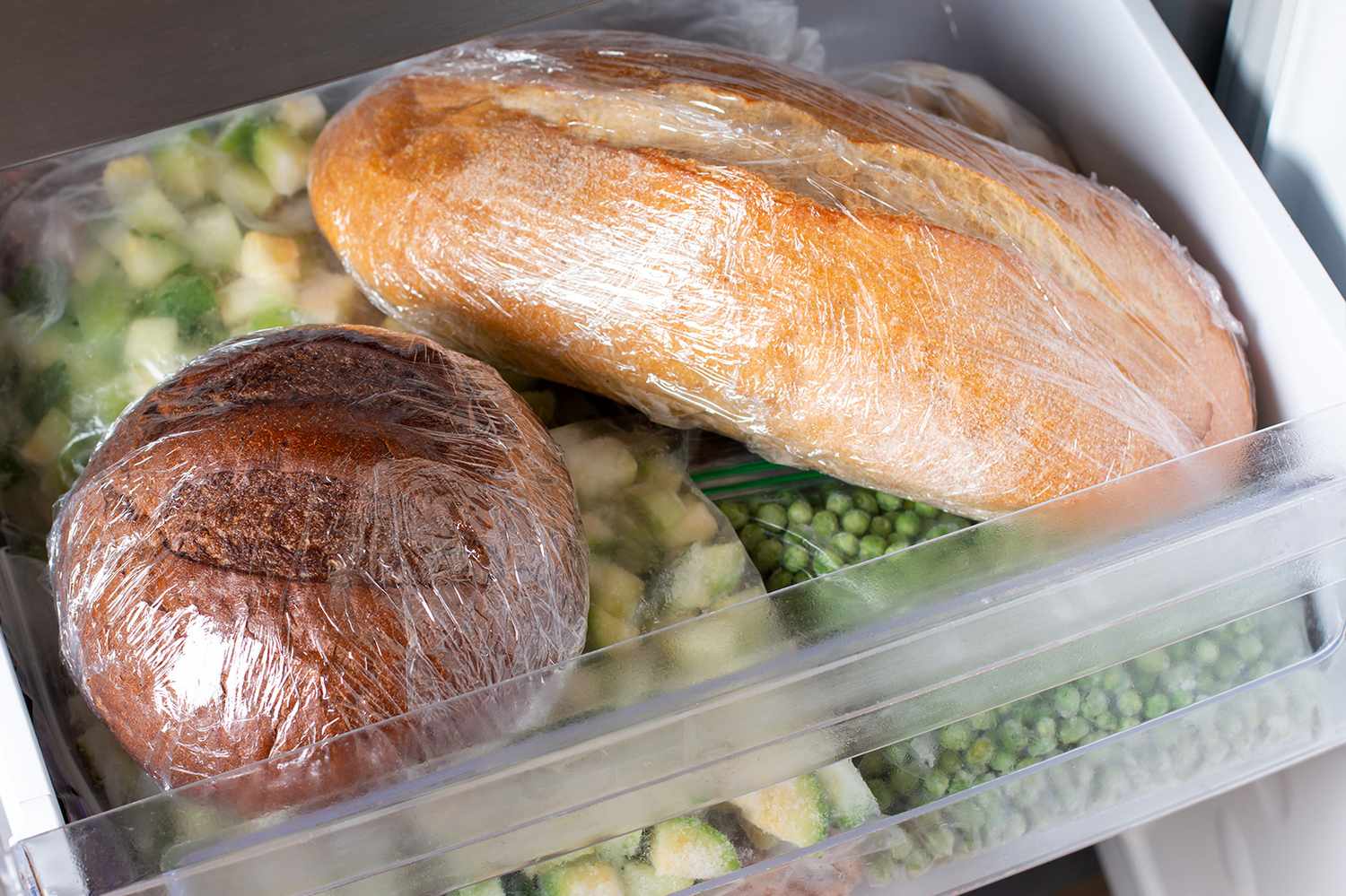

Articles
How To Store Bread To Prevent Mold
Modified: August 16, 2024
Learn effective techniques to store bread and prevent mold growth. Read our informative articles on how to keep your bread fresh and delicious for longer.
(Many of the links in this article redirect to a specific reviewed product. Your purchase of these products through affiliate links helps to generate commission for Storables.com, at no extra cost. Learn more)
Introduction
Welcome to the world of delicious, fresh bread! There’s nothing quite like the aroma and taste of a freshly baked loaf. However, the joy of bread can be quickly diminished by the appearance of that pesky enemy: mold. No one wants to find a fuzzy green patch or a stale, unpleasant smell on their beloved loaf. But fear not! With a few simple tips and tricks, you can learn how to store bread properly and prevent mold from ruining your favorite baked goods.
Understanding the causes of bread mold is essential in order to effectively combat it. Bread mold is a type of fungus that thrives in warm and moist conditions. The spores of the mold can easily contaminate the bread, and given the right environment, they quickly multiply and grow into visible mold patches. By understanding the conditions that promote mold growth, we can implement strategies to prevent it.
In this article, we will explore the best practices for storing bread to prevent mold. From finding the right storage location to utilizing containers and temperature control, we will cover it all. By following these tips, you can extend the shelf life of your bread and enjoy it for longer periods without worrying about mold.
Key Takeaways:
- Proper storage is crucial to prevent bread mold. Keep bread in a cool, dry place, use airtight containers, and avoid direct sunlight to extend freshness and enjoy mold-free bread for longer.
- Regularly check for mold, discard affected portions, and store bread in portions to minimize exposure. By following these tips, you can ensure each slice is fresh and mold-free.
Read more: How To Store Shoes To Prevent Mold
Understanding the Causes of Bread Mold
Before we delve into the methods of preventing bread mold, let’s take a closer look at the factors that contribute to its growth. As mentioned earlier, bread mold is a type of fungus that requires specific conditions to thrive. By understanding these conditions, we can take proactive steps to minimize them and keep our bread mold-free.
Moisture is the primary culprit when it comes to bread mold. Excess moisture creates an ideal environment for mold spores to germinate and grow. This can happen when bread is exposed to humid air or when condensation forms inside the packaging. Even a small amount of moisture is enough for mold to take hold and spread rapidly.
Another key factor is temperature. Mold thrives in temperatures between 77°F (25°C) and 86°F (30°C). This means that if your bread is stored in a warm environment, it becomes more susceptible to mold growth. Additionally, fluctuations in temperature can create condensation, leading to moisture buildup and providing a breeding ground for mold.
The type of bread itself can also play a role in mold growth. Some bread varieties, such as those made with whole wheat or other grains, may have a higher moisture content, making them more prone to mold development. Additionally, artisanal bread that lacks preservatives may spoil more quickly.
Lastly, exposure to air can accelerate the growth of mold on bread. When left out in the open or stored improperly without proper sealing or covering, bread becomes vulnerable to mold spores floating in the air. These spores can easily settle on the bread’s surface and start multiplying.
By understanding these causes, we can now move on to the practical steps to prevent bread mold. With proper storage techniques, we can effectively combat mold and ensure our bread stays fresh for longer periods of time.
Tip 1: Keep Bread in a Cool and Dry Place
One of the most important factors in preventing bread mold is to store it in a cool and dry place. Mold thrives in warm and moist environments, so by keeping your bread in a cool and dry location, you create an unfavorable environment for mold growth.
Choose a spot in your kitchen that is away from direct sunlight and heat sources. Heat can accelerate the growth of mold and cause bread to spoil more quickly. Avoid storing bread near the stove, oven, or toaster, as these appliances can emit heat that may negatively impact the bread’s shelf life.
It’s also essential to keep your bread away from areas with high humidity, such as the refrigerator or near the sink. While the refrigerator may seem like a logical place to store bread, the moisture inside can actually promote mold growth. The cold temperature of the fridge can also accelerate staling, which affects the texture and taste of the bread. Instead, opt for a cool, dry pantry or cupboard for storing your bread.
If you live in a particularly humid climate, consider using a dehumidifier in your kitchen or storage area to reduce moisture levels. This can help create an environment that is less conducive to mold growth.
In addition to the storage location, it’s essential to keep the bread properly sealed. Use airtight containers or resealable plastic bags to help preserve the freshness of your bread. This prevents the entry of moisture and keeps mold spores at bay.
By storing your bread in a cool and dry place, you create an environment that is unfriendly to mold. This simple step can significantly extend the shelf life of your bread and help you enjoy mold-free deliciousness.
Tip 2: Use an Airtight Container
Using an airtight container is a crucial step in preventing bread mold. Not only does it help maintain the freshness and texture of the bread, but it also creates a barrier against moisture and mold spores.
When bread is exposed to air, it becomes vulnerable to mold spores that are present in the environment. These spores can settle on the bread’s surface and quickly multiply, leading to mold growth. By storing bread in an airtight container, you create a barrier that prevents the entry of both air and mold spores.
Opt for containers specifically designed for storing bread, such as bread boxes or bread bins. These containers are designed to provide optimal ventilation while keeping moisture and pests out. They often have a lid that can be tightly sealed, ensuring the bread stays fresh and mold-free.
If you don’t have a designated bread container, you can use airtight plastic containers or resealable bags. Make sure the container or bag is large enough to accommodate the size of the bread without squishing it. Gently place the loaf inside and seal it tightly to create an airtight seal.
It’s worth noting that using a plastic bag alone may not offer the same level of protection as an airtight container. The plastic bag can help maintain moisture to some extent, but it may not provide the same level of ventilation as a bread-specific container.
Remember to clean and dry the container or bag thoroughly before storing a new loaf of bread. Any residual moisture can create a favorable environment for mold growth. Regularly wash and inspect the container to ensure it remains clean and free from any mold spores that may have accumulated over time.
By using an airtight container for storing your bread, you can effectively minimize air exposure and create a barrier against mold. This simple step can go a long way in preserving the freshness and quality of your bread.
Tip 3: Store Bread in the Fridge
While storing bread in the refrigerator is not a universally recommended practice, it can be an effective way to prevent mold growth, especially in hot and humid climates.
The cold temperature of the fridge slows down the growth of mold and extends the shelf life of bread. By reducing the temperature, you create an environment that is less favorable for mold to thrive.
However, it’s important to note that storing bread in the fridge can also have drawbacks. The cold temperature can cause the bread to become stale more quickly, as it accelerates the retrogradation process, which results in a tougher texture and less desirable taste. Therefore, it’s essential to consider the trade-off between mold prevention and freshness.
If you choose to store your bread in the fridge, it’s crucial to use proper packaging to minimize moisture and maintain freshness. Wrap the bread tightly in plastic wrap or place it in a sealed plastic bag before refrigerating. This helps prevent moisture from seeping into the bread and keeps it from drying out too quickly.
Before consuming refrigerated bread, allow it to come to room temperature or gently warm it up in the oven for a few minutes. This can help restore some of the texture and taste that may have been affected by the cold storage.
Keep in mind that some bread varieties, such as artisanal bread or those without preservatives, may not fare well in the fridge and are best consumed within a day or two. If you prefer to enjoy your bread fresh and at its best, it’s generally recommended to store it in a cool and dry place instead of the refrigerator.
In summary, storing bread in the fridge can be a viable option for mold prevention, especially in humid climates. However, be mindful of the potential impact on the bread’s texture and taste, and make sure to wrap it tightly to maintain freshness.
Read more: How To Store Bags To Prevent Mold
Tip 4: Freeze Bread for Long-Term Storage
Freezing bread is a fantastic method for long-term storage and can effectively prevent mold growth. When bread is frozen, the growth of mold and other microbes is halted, allowing you to keep your bread fresh for an extended period of time.
Before freezing bread, it’s essential to prep it properly to maintain its quality. Start by ensuring that the bread is completely cool to prevent excessive moisture buildup during the freezing process. Then, wrap the bread tightly in plastic wrap or aluminum foil to create a protective barrier against freezer burn and moisture loss. Alternatively, you can place the bread in a freezer-safe resealable bag.
It’s recommended to freeze bread in individual portions or slices, rather than freezing an entire loaf. This makes it easier to thaw only what you need and reduces the frequency of thawing and refreezing, which can negatively impact the bread’s texture and taste.
When you’re ready to enjoy your frozen bread, remove the desired amount from the freezer and thaw it at room temperature. Depending on the size and thickness, this may take a couple of hours. Avoid thawing bread in the microwave, as it can lead to uneven thawing and result in a soggy or stale texture.
For optimal results, consume thawed bread within a few days. While freezing extends the shelf life of bread, it’s best to enjoy it when it’s still fresh and at its peak quality.
Keep in mind that certain types of bread, such as crusty artisan loaves, may not freeze as well as others due to their delicate texture. It’s always a good idea to conduct a small test batch before freezing a large quantity of bread to ensure it suits your taste and texture preferences after thawing.
By freezing bread, you can stock up on your favorite loaves and enjoy them at your own pace without worrying about mold or spoilage. It’s a convenient and reliable method for long-term storage.
Store bread in a cool, dry place to prevent mold. Avoid storing it in the fridge, as the moisture can actually encourage mold growth. Use a bread box or a paper bag to help maintain freshness.
Tip 5: Avoid Storing Bread in Direct Sunlight
When it comes to storing bread, one of the key factors to consider is sunlight exposure. Sunlight, especially direct sunlight, can have a detrimental impact on bread, making it more prone to mold growth and spoilage.
UV rays from the sun have the potential to accelerate the growth of mold on bread. Sunlight can not only provide warmth but also create a favorable environment for mold spores to germinate and thrive. Additionally, the heat generated by direct sunlight can speed up the staling process, causing the bread to become dry and unappetizing.
It’s important to find a storage spot in your kitchen or pantry that is shielded from direct sunlight. Avoid placing your bread near windows, on countertops exposed to sunlight, or in any area where sunlight can directly hit the bread container. Instead, opt for a cool and shaded spot for storing your bread.
If your kitchen lacks a suitable location away from sunlight, consider investing in a bread box or a bread bin with an opaque lid. These containers are designed to protect bread from sunlight exposure while allowing proper airflow to prevent moisture buildup.
Furthermore, if you enjoy homemade bread, it’s essential to cool it away from direct sunlight after baking. Allowing freshly baked bread to cool in a shaded area before storing it will help preserve its quality and minimize the risk of mold.
By avoiding sunlight exposure, you can greatly reduce the likelihood of mold growth and maintain the freshness of your bread. Remember, keeping bread in a cool and darker area contributes to its preservation and ensures a longer shelf life.
Tip 6: Keep Bread Away from Moisture
Moisture is a bread’s worst enemy when it comes to preventing mold growth. Excess moisture creates the perfect breeding ground for mold spores, causing bread to spoil quickly. To keep your bread mold-free, it’s essential to keep it away from moisture.
First and foremost, ensure that your bread is completely cool before storing it. Placing warm or hot bread in a storage container can lead to condensation and build-up of moisture, contributing to mold growth. Allow the bread to cool down to room temperature before sealing it or placing it in a bread box or bag.
When storing your bread, make sure to keep it away from areas that are prone to moisture, such as the sink or areas with high humidity. Moisture in the air can easily transfer to the bread and create an environment conducive to mold growth.
If you live in a humid climate or struggle with excess moisture in your kitchen, consider using moisture-absorbing packets or materials like silica gel. These packets can help absorb excess moisture and keep it away from your bread, reducing the risk of mold.
Furthermore, be cautious about storing bread in the refrigerator without proper wrapping. The refrigerator can be a source of moisture, and without adequate protection, the bread can absorb this moisture and become damp, leading to mold growth. Always ensure that your bread is properly wrapped or stored in an airtight container before refrigerating.
Lastly, if you notice any signs of moisture or condensation on your bread, pat it dry gently with a clean cloth or paper towel before storing it. Removing any excess moisture can help prolong the freshness of the bread and prevent mold development.
By being mindful of moisture and taking steps to keep bread dry, you can significantly reduce the chances of mold growth and enjoy fresh bread for longer periods.
Tip 7: Use Bread Boxes or Bread Bags
When it comes to storing bread, using dedicated bread boxes or bread bags can be a game-changer in preventing mold growth and keeping your bread fresh for longer.
Bread boxes are designed specifically for storing bread, providing an ideal environment for keeping it at its best. These boxes are typically made of wood or metal and feature ventilation holes that allow air circulation while preventing too much moisture buildup. The design of bread boxes helps regulate the airflow around the bread, reducing the risk of mold growth.
Bread boxes also offer protection from sunlight and other external factors that can impact the bread’s freshness. They create a dark and cool space that shields the bread from direct sunlight and helps maintain its quality. Additionally, bread boxes can help prevent the bread from absorbing odors or flavors from other foods in the kitchen.
If you don’t have a dedicated bread box, you can opt for bread bags. These bags are usually made of breathable fabric or materials that allow air circulation while protecting the bread from drying out. Bread bags are especially useful for freshly baked bread that needs to cool and breathe before storage.
Whether using a bread box or a bread bag, ensure that the container or bag is clean and dry before placing the bread inside. Properly seal the container or close the bag to maintain the freshness and minimize the exposure to mold spores.
It’s important to note that bread boxes and bread bags are not a substitute for proper storage practices. They are complimentary tools that can enhance the bread preservation process. It’s still crucial to keep the bread away from direct sunlight, moisture, and excessive heat.
By using bread boxes or bread bags, you create an optimal storage environment for your bread, maintaining its freshness and reducing the risk of mold growth. These simple solutions can make a significant difference in the longevity of your bread.
Read more: How To Store Clothes To Prevent Mold
Tip 8: Cut and Store Bread in Portions
When it comes to bread storage, cutting and storing it in portions is a practical strategy that can help preserve its freshness and prevent mold growth. By portioning your bread, you can easily access what you need while keeping the remainder protected.
Start by determining how much bread you typically consume within a day or two. It’s best to slice or cut the bread into individual portions that align with your consumption habits. This allows you to remove and use only the required amount, leaving the rest of the bread untouched and well-sealed.
Slicing or cutting the bread also increases its surface area, allowing for better airflow and faster moisture evaporation. This helps prevent moisture buildup, reducing the risk of mold development. However, it’s important to note that sliced bread tends to stale more quickly, so it’s advisable to consume it within a few days.
Once you’ve cut or sliced the bread, wrap each portion tightly in plastic wrap or place them in separate resealable bags. Make sure the wrapping is airtight to maintain freshness and protect against moisture. Label the portions with dates if needed, especially if you have multiple types of bread or are freezing some for future use.
Store the individually wrapped portions in airtight containers or a dedicated bread box, ensuring they are kept in a cool and dry place away from direct sunlight. Keeping the portions separate helps maintain the quality of the bread and prevents any contamination between slices.
When ready to enjoy a portion of the bread, simply remove it from the storage container, resealable bag, or plastic wrap. This method allows you to use the bread as you need it, extending its freshness while minimizing waste.
By cutting and storing bread in portions, you can effectively protect the remaining bread from mold growth and maintain its freshness for a longer time. This practical tip ensures that you always have a fresh supply of bread while preserving the quality of the remaining slices.
Tip 9: Regularly Check and Discard Moldy Bread
One of the most important steps in preventing bread mold is to regularly check your bread for any signs of mold and promptly discard any affected slices or loaves. Mold can spread quickly, and allowing it to remain in close proximity to the rest of your bread can contaminate the entire batch.
Make it a habit to inspect your bread before each use or at least every few days. Look for any visible signs of mold, which can appear as fuzzy spots, discoloration, or an unpleasant smell. If you come across any moldy sections, immediately discard those slices or the entire loaf if necessary.
When discarding moldy bread, seal it in a plastic bag or wrap it in plastic wrap before disposing of it. This helps prevent the spread of mold spores in your kitchen or trash bin. Alternatively, you can double-bag the moldy bread to provide an extra layer of protection.
It’s important to note that mold can penetrate beyond the visible surface, especially in softer bread varieties. Thus, if you spot mold on one slice, it’s best to discard the entire loaf to avoid consuming any unnoticed mold.
Regularly checking and discarding moldy bread not only helps maintain the freshness of your remaining bread but also safeguards your health. Consuming mold-contaminated bread can lead to adverse reactions or allergic symptoms.
In addition to regular checks, it’s also important to keep your storage containers, bread boxes, or bread bags clean and dry. Regularly wash and air-dry these items to prevent any mold spores from lingering and potentially contaminating your fresh bread.
By regularly monitoring your bread for mold and promptly getting rid of any affected portions, you can effectively prevent the spread of mold and ensure the freshness of your bread supply.
Conclusion
Properly storing bread is essential to prevent mold growth and extend its freshness. By understanding the causes of bread mold and implementing practical tips, you can enjoy mold-free bread for longer periods and reduce food waste.
Keeping bread in a cool and dry place away from direct sunlight is a fundamental step in preventing mold. Utilizing airtight containers or dedicated bread boxes can provide an additional layer of protection, sealing out moisture and mold spores. If necessary, refrigerating or freezing bread can also help extend its shelf life, but be mindful of the potential impact on texture and taste.
Avoiding moisture and excessive humidity is crucial. Ensure your bread is completely cool before storing it, and steer clear of areas prone to moisture, such as the sink or the refrigerator without proper wrapping. Maintaining proper airflow while protecting your bread with bread bags or bread boxes is also beneficial.
Remember to cut and store bread in portions to minimize exposure and maintain freshness. Regularly check your bread for any signs of mold and discard affected slices or loaves promptly. Mold can spread quickly and contaminate the rest of your bread, so be vigilant.
In conclusion, by following these tips and incorporating proper storage techniques, you can successfully prevent bread mold and enjoy your bread at its best. Whether it’s homemade or store-bought, investing a little effort in storing your bread properly will ensure that each slice is mold-free, fresh, and delicious.
So next time you bring home a freshly baked loaf or your favorite store-bought bread, remember these tips to keep it mold-free and ready to enjoy. Happy bread storing!
Frequently Asked Questions about How To Store Bread To Prevent Mold
Was this page helpful?
At Storables.com, we guarantee accurate and reliable information. Our content, validated by Expert Board Contributors, is crafted following stringent Editorial Policies. We're committed to providing you with well-researched, expert-backed insights for all your informational needs.

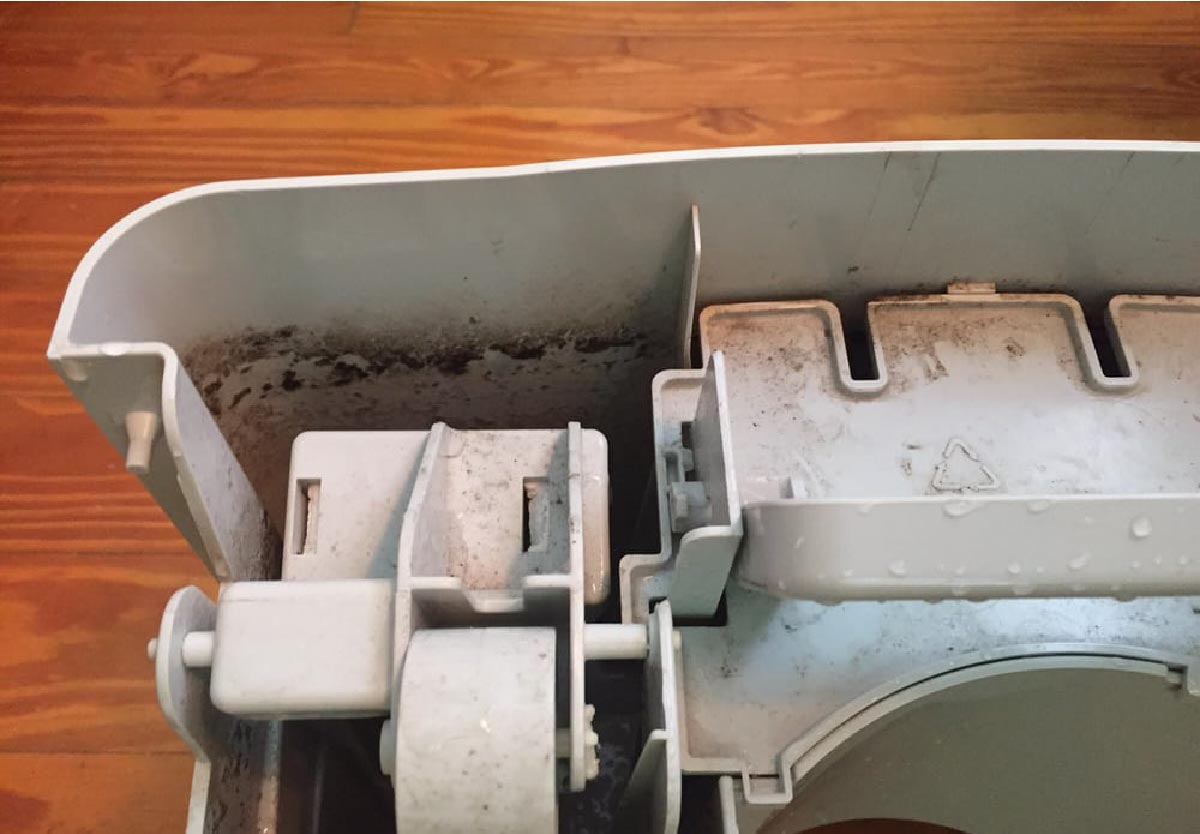


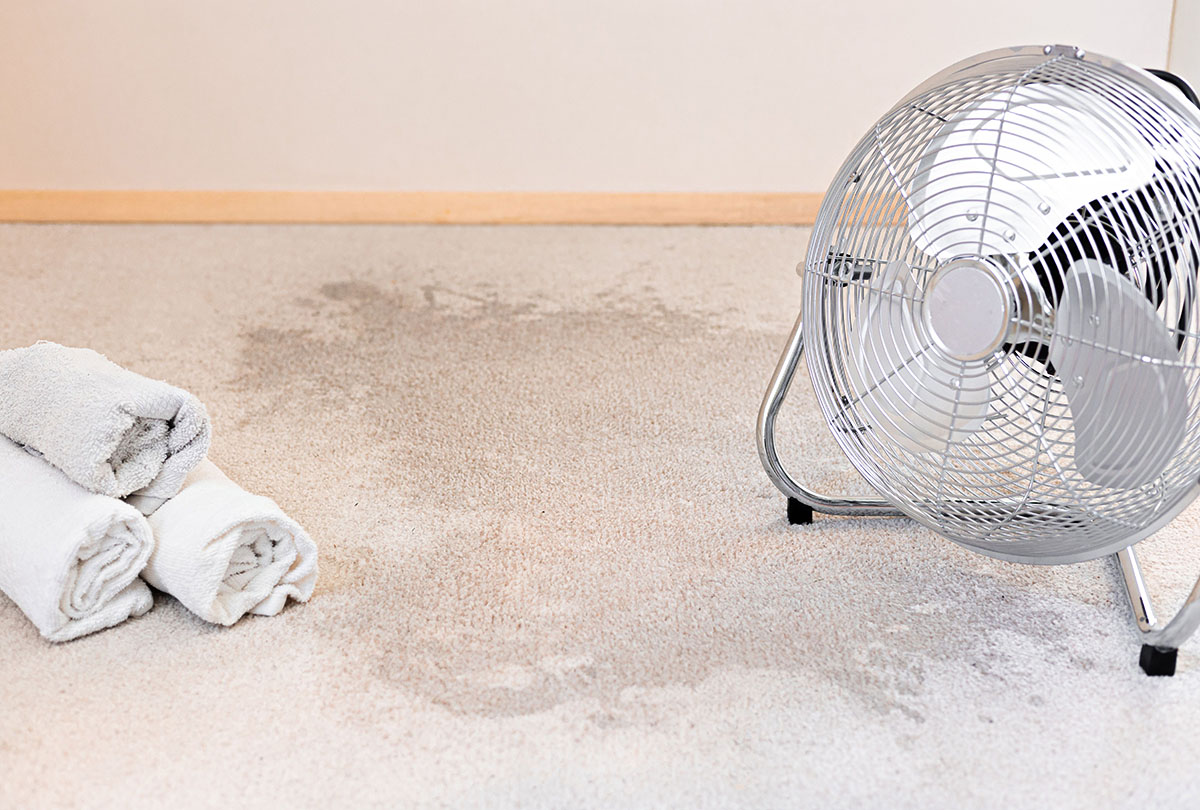
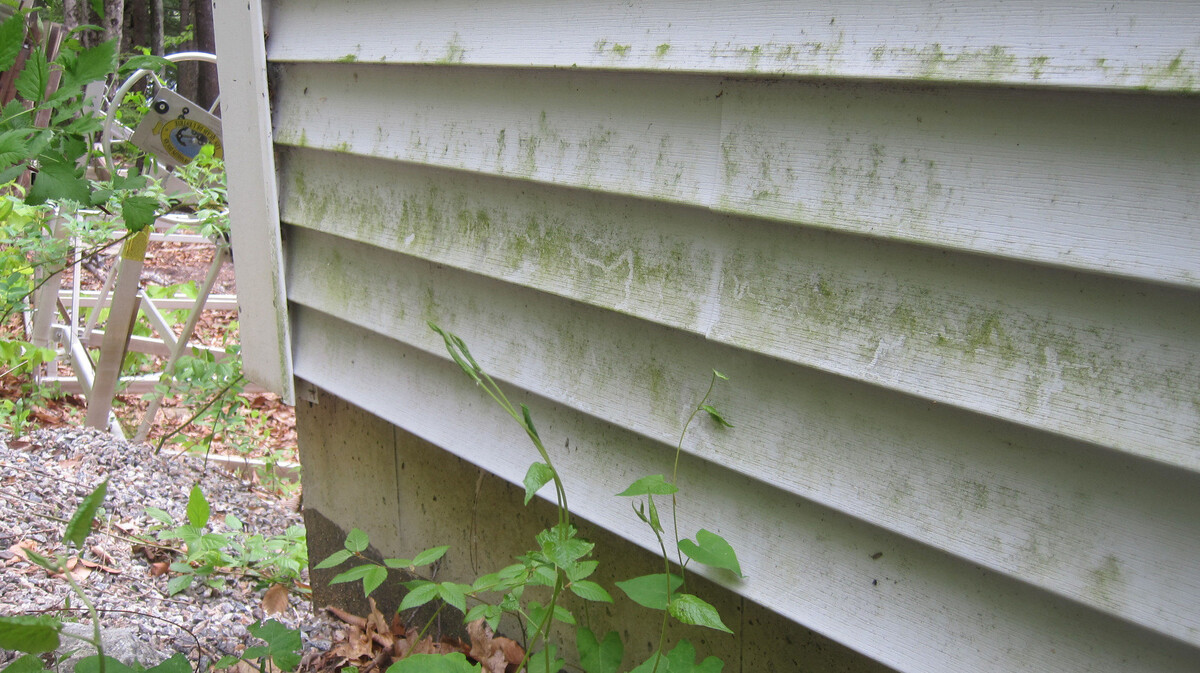
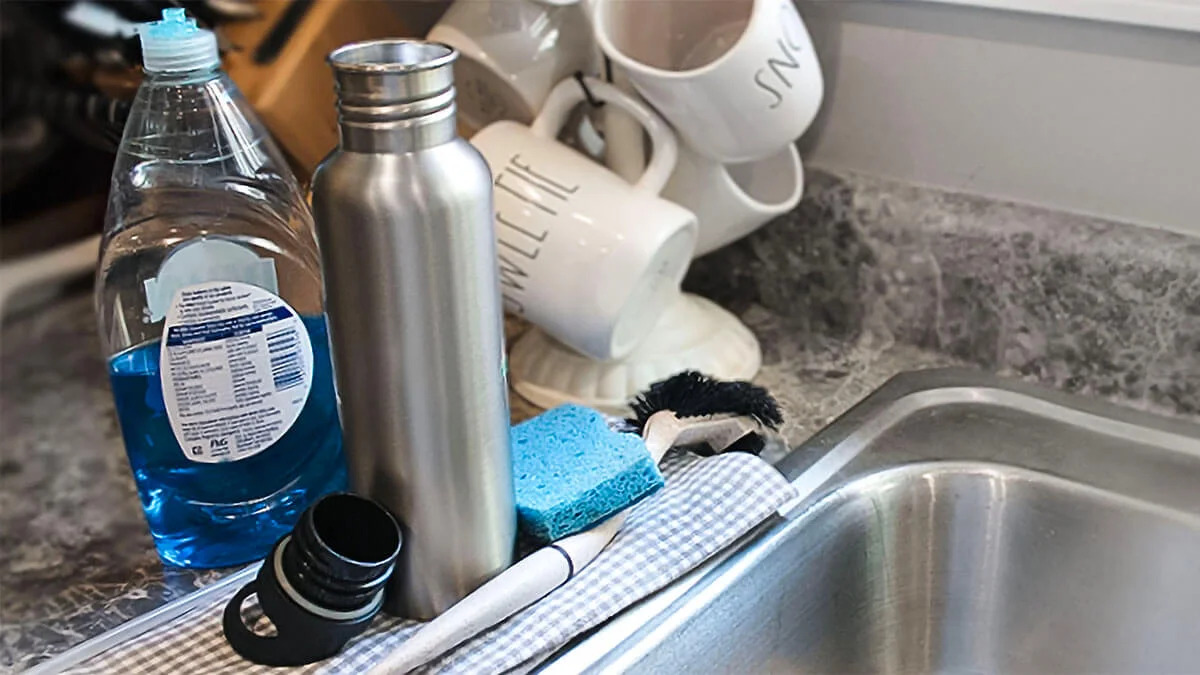
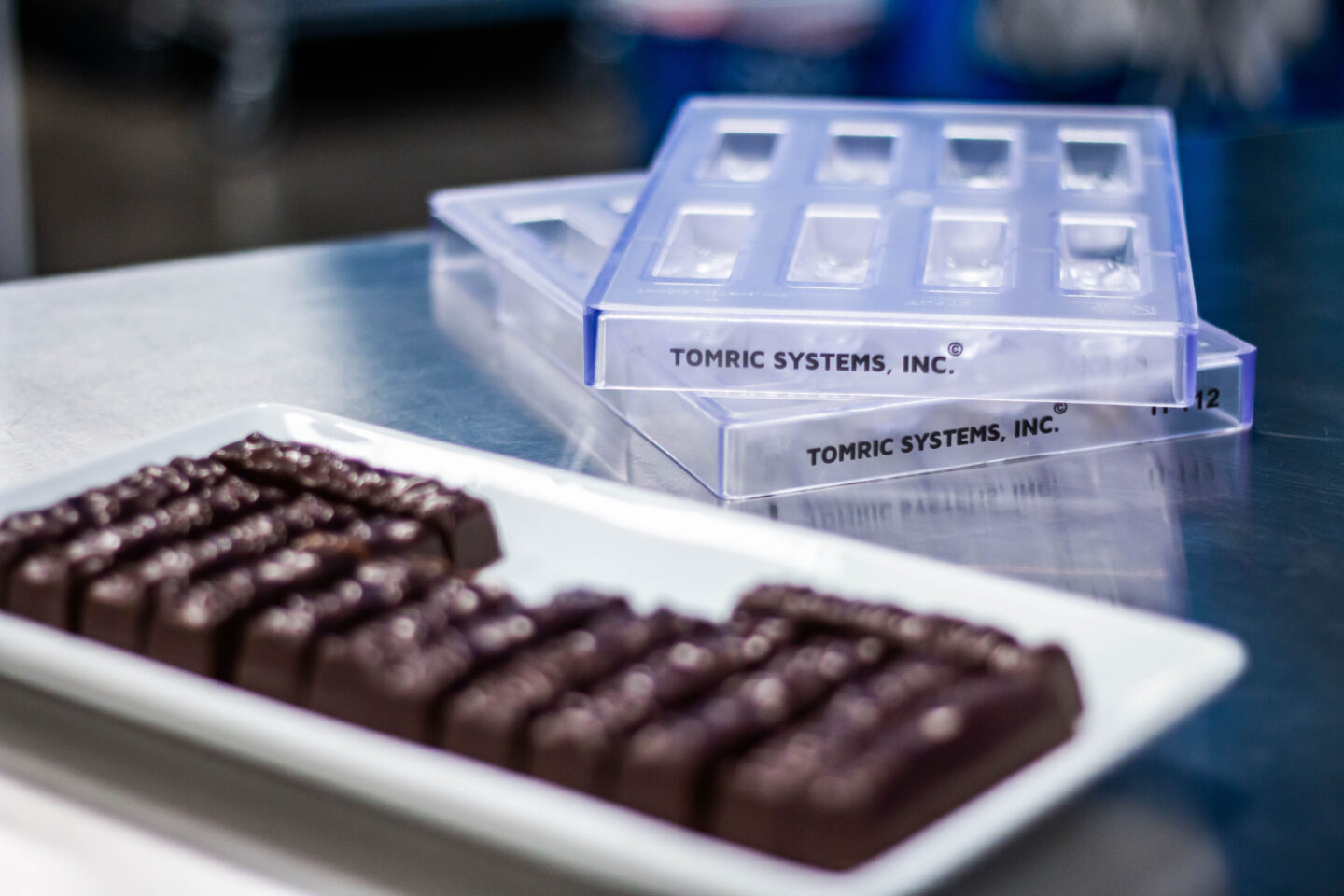


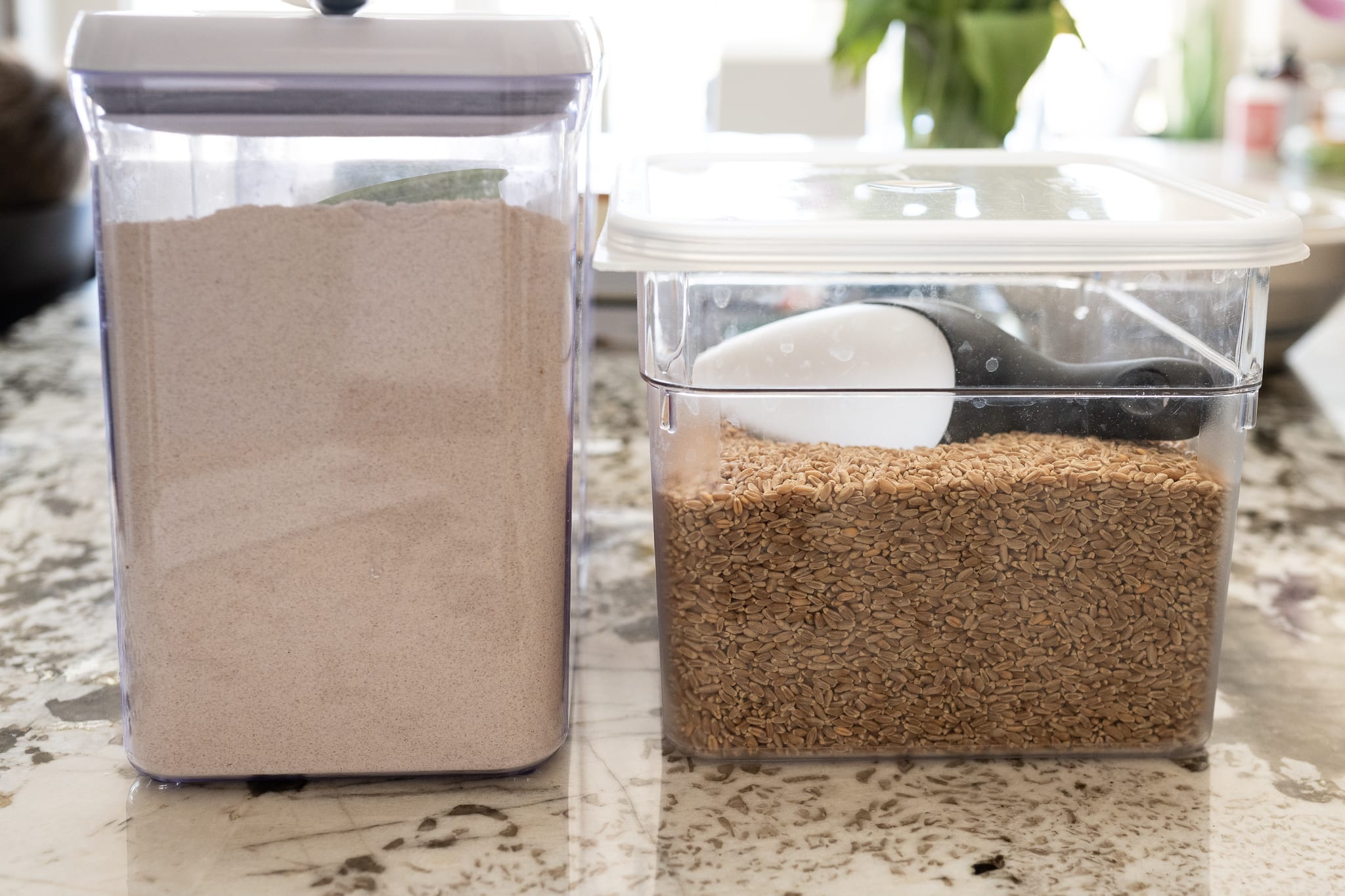


0 thoughts on “How To Store Bread To Prevent Mold”